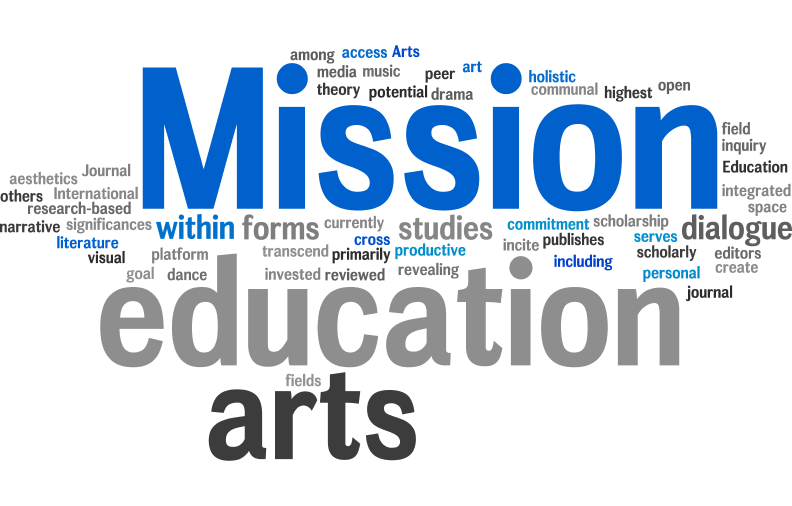| Volume 25 Number 25 | December 17, 2024 |
Arts as Inclusion: Connecting Learning Through Arts Languages in Upper Elementary
Susan Chapman
Queensland University of Technology, Australia
Georgina Barton
University of Southern Queensland, Australia
Susanne Garvis
Griffith University, Australia
Citation: Chapman, S., Barton, G., & Garvis, S. (2024). Arts as inclusion: Connecting learning through arts languages in upper elementary. International Journal of Education & the Arts, 25(25). http://doi.org/10.26209/ijea25n25
Abstract
Much research explores how the arts can support inclusion in the classroom, but this is usually when they are taught as separate subject areas, such as music or visual arts, for children. This paper outlines a unique approach in the classroom using the arts as a connecting language in all subject areas. Known as Arts Immersion, this approach was used with an upper elementary class located in a low socio-economic area in South-East Queensland, Australia. The researcher - a specialist arts educator with professional experience as an actor and musician - and generalist (classroom) teacher worked together in a co-mentoring professional relationship combining their experience and expertise. Findings showed that the arts can foster inclusivity in the classroom using time-efficient strategies that support teaching practice and maximise outcomes for a diverse range of students.





